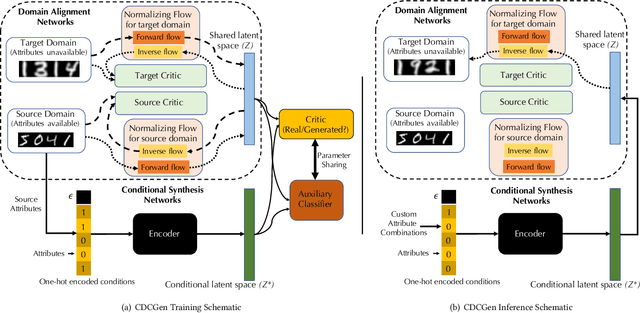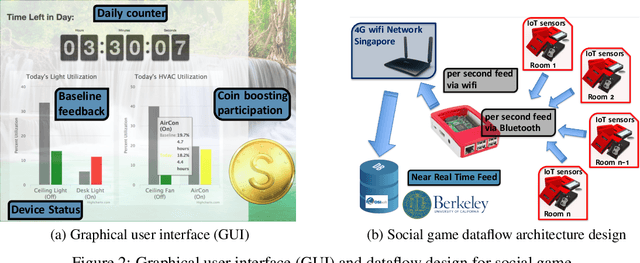Yu-Wen Lin
Machine Learning for Smart and Energy-Efficient Buildings
Nov 27, 2022Abstract:Energy consumption in buildings, both residential and commercial, accounts for approximately 40% of all energy usage in the U.S., and similar numbers are being reported from countries around the world. This significant amount of energy is used to maintain a comfortable, secure, and productive environment for the occupants. So, it is crucial that the energy consumption in buildings must be optimized, all the while maintaining satisfactory levels of occupant comfort, health, and safety. Recently, Machine Learning has been proven to be an invaluable tool in deriving important insights from data and optimizing various systems. In this work, we review the ways in which machine learning has been leveraged to make buildings smart and energy-efficient. For the convenience of readers, we provide a brief introduction of several machine learning paradigms and the components and functioning of each smart building system we cover. Finally, we discuss challenges faced while implementing machine learning algorithms in smart buildings and provide future avenues for research at the intersection of smart buildings and machine learning.
CDCGen: Cross-Domain Conditional Generation via Normalizing Flows and Adversarial Training
Aug 25, 2021



Abstract:How to generate conditional synthetic data for a domain without utilizing information about its labels/attributes? Our work presents a solution to the above question. We propose a transfer learning-based framework utilizing normalizing flows, coupled with both maximum-likelihood and adversarial training. We model a source domain (labels available) and a target domain (labels unavailable) with individual normalizing flows, and perform domain alignment to a common latent space using adversarial discriminators. Due to the invertible property of flow models, the mapping has exact cycle consistency. We also learn the joint distribution of the data samples and attributes in the source domain by employing an encoder to map attributes to the latent space via adversarial training. During the synthesis phase, given any combination of attributes, our method can generate synthetic samples conditioned on them in the target domain. Empirical studies confirm the effectiveness of our method on benchmarked datasets. We envision our method to be particularly useful for synthetic data generation in label-scarce systems by generating non-trivial augmentations via attribute transformations. These synthetic samples will introduce more entropy into the label-scarce domain than their geometric and photometric transformation counterparts, helpful for robust downstream tasks.
Design, Benchmarking and Explainability Analysis of a Game-Theoretic Framework towards Energy Efficiency in Smart Infrastructure
Oct 16, 2019



Abstract:In this paper, we propose a gamification approach as a novel framework for smart building infrastructure with the goal of motivating human occupants to reconsider personal energy usage and to have positive effects on their environment. Human interaction in the context of cyber-physical systems is a core component and consideration in the implementation of any smart building technology. Research has shown that the adoption of human-centric building services and amenities leads to improvements in the operational efficiency of these cyber-physical systems directed towards controlling building energy usage. We introduce a strategy in form of a game-theoretic framework that incorporates humans-in-the-loop modeling by creating an interface to allow building managers to interact with occupants and potentially incentivize energy efficient behavior. Prior works on game theoretic analysis typically rely on the assumption that the utility function of each individual agent is known a priori. Instead, we propose novel utility learning framework for benchmarking that employs robust estimations of occupant actions towards energy efficiency. To improve forecasting performance, we extend the utility learning scheme by leveraging deep bi-directional recurrent neural networks. Using the proposed methods on data gathered from occupant actions for resources such as room lighting, we forecast patterns of energy resource usage to demonstrate the prediction performance of the methods. The results of our study show that we can achieve a highly accurate representation of the ground truth for occupant energy resource usage. We also demonstrate the explainable nature on human decision making towards energy usage inherent in the dataset using graphical lasso and granger causality algorithms. Finally, we open source the de-identified, high-dimensional data pertaining to the energy game-theoretic framework.
 Add to Chrome
Add to Chrome Add to Firefox
Add to Firefox Add to Edge
Add to Edge